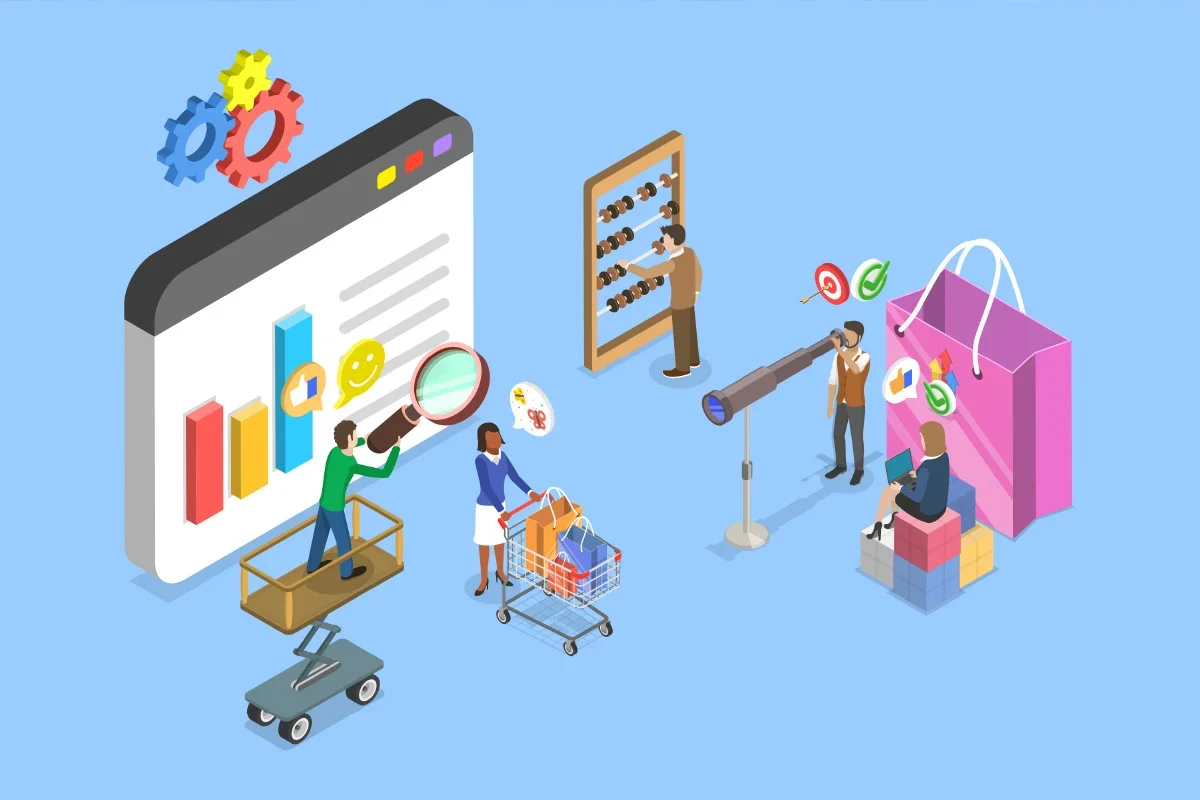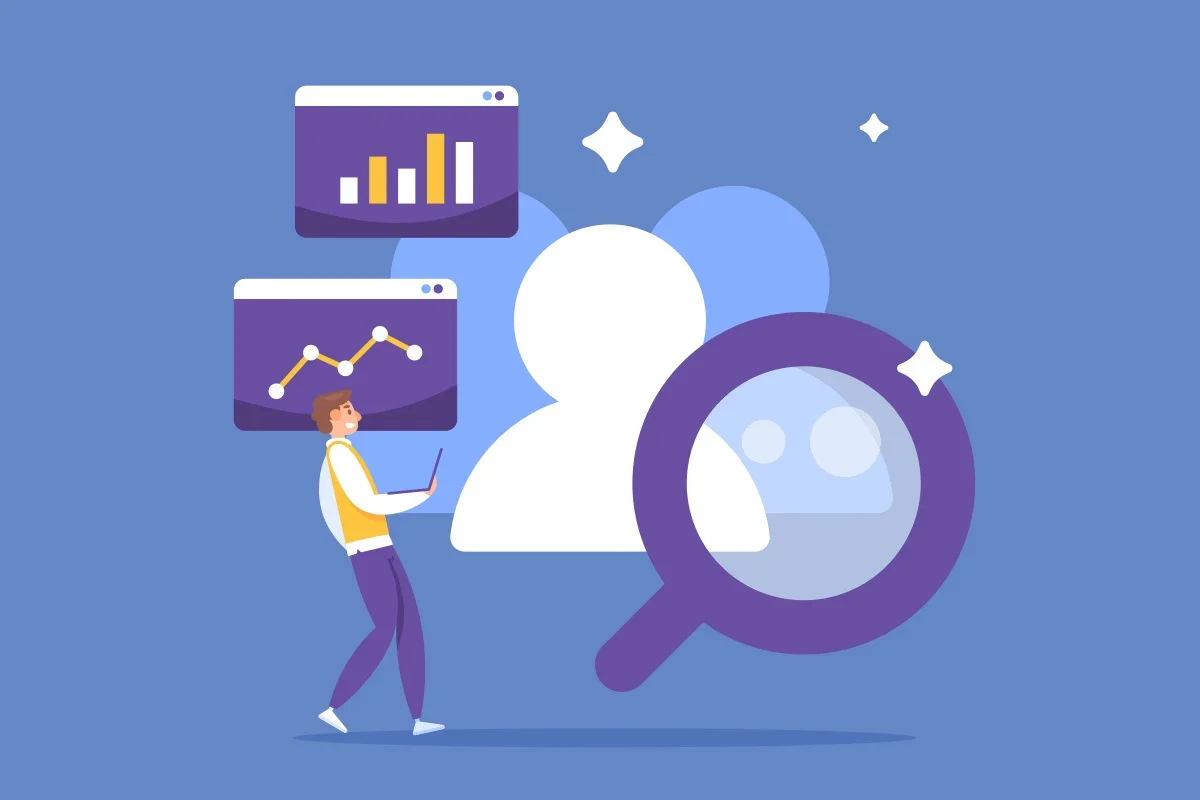
Segmentation Research: Finding Growth Through Meaningful Differences
Why segmentation matters
Not all consumers think, shop, or decide in the same way. Treating them as one homogenous group risks diluted strategies that appeal to nobody in particular.
Segmentation enables brands to see and understand the meaningful differences between consumers; differences that can be translated into sharper strategies, more relevant propositions, and more efficient use of resources.
For food and drink brands, segmentation is particularly powerful. From farmers and growers to QSR operators, retailers, and delivery platforms, everyone in the value chain needs to know who they are targeting, why they matter, and how to reach them effectively.
At Good Sense Research (GSR), we design segmentation studies that are:
Robust – grounded in quantitative rigour and qualitative depth
Actionable – easy to embed across teams and systems
Commercial – linked to value and ROI, not just demographics
Future-facing – refreshed as consumer needs and behaviours evolve
Segmentation is more than a research output; it’s a framework for long-term growth and customer centricity.
What we deliver (and how)
Outcome: A clear framework for understanding how consumers differ in mindset and behaviour.
What we do:
Collect quantitative and qualitative data across your target audience
Identify meaningful dimensions (frequency, channel use, purchase drivers, barriers, values)
Cluster consumers into distinct, statistically robust groups
Build attitudinal and behavioural profiles for each segment
Why it matters: Demographics alone no longer explain consumer behaviour. Attitudes, needs, and values reveal the why behind choices.
Case snapshot: A beverage brand used attitudinal segmentation to identify a “functional health seekers” segment, which led to a profitable new low-sugar range.
1) Behavioural & attitudinal segmentation
2) Needs-based segmentation
Outcome: A map of the consumption occasions and missions driving choice.
What we do:
Analyse missions (main shop, top-up, indulgence, gifting, food-to-go, late-night delivery)
Link needs to product choice, price sensitivity, and loyalty behaviours
Identify unmet or underserved needs that signal white space opportunities
Prioritise innovation and communications pipelines to match consumer missions
Why it matters: Needs shift faster than demographics; staying close to occasions ensures you remain relevant.
3) Value-based segmentation
Outcome: A commercial lens that shows where the money is.
What we do:
Quantify the size and spend of each segment
Link consumer clusters to real-world market value
Model margin potential across segments
Forecast growth opportunities and prioritise investment
Why it matters: Not all segments are equally profitable. Some drive volume, others margin. Knowing the difference ensures efficient resource allocation.
4) Segmentation activation & strategy
Outcome: Segmentation that gets used, not left on a shelf.
What we do:
Translate models into clear personas and practical playbooks
Build storytelling tools that make segments easy to remember
Align cross-functional teams around the same framework
Embed segments into CRM, loyalty, and digital targeting systems
Run workshops to help internal teams “meet” their customers
Case snapshot: A food-to-go supplier used segmentation personas in cross-functional training. By “meeting” the segments in immersive workshops, NPD and marketing began working from the same consumer truth.
Segmentation myths we bust
“Demographics are enough.” – Two 35-year-olds can have completely different motivations; segmentation reveals deeper drivers.
“Segments are fixed.” – Consumer needs and behaviours evolve; segmentation must be refreshed regularly.
“It’s only for marketing.” – Segmentation informs NPD, pricing, customer experience, and even supply chain decisions.
“It’s too complex to be useful.” – We translate complexity into clear, actionable frameworks that teams can actually use.
“Small brands don’t need segmentation.” – In fact, smaller players benefit even more, as it helps them focus limited resources.
Bringing segments to life
The success of segmentation isn’t just about statistical models; it’s about making segments tangible so your teams can act on them. We do this by:
Creating detailed personas that describe who the segment is, what drives them, and how they buy
Using visual storytelling and video ethnography to humanise clusters
Running workshops and immersion sessions where stakeholders engage directly with segment profiles
Building toolkits and comms guides to ensure consistency across functions
When teams feel they “know” the segments personally, they use them naturally in everyday decisions.
Common challenges segmentation solves
Marketing campaigns that are too broad and fail to resonate
NPD pipelines cluttered with unfocused or “me-too” ideas
Internal teams disagreeing about “who the real customer is”
Over-investment in low-value or low-growth audiences
Missing growth opportunities from underserved groups
How we work: our process
Define – Clarify the business decisions segmentation will inform.
Collect – Use a mix of qualitative exploration and quantitative measurement.
Analyse – Apply robust clustering and modelling techniques.
Profile – Create clear, distinctive segment descriptions and personas.
Activate – Embed through workshops, playbooks, and system integration.
Refresh – Revisit segmentation as behaviours evolve and markets shift.
Typical segmentation projects
Attitudinal segmentation for a QSR chain to tailor menus to different missions.
Needs-based segmentation for a retailer optimising food-to-go ranges.
Value-based segmentation for a drinks brand targeting high-margin consumers.
Hybrid segmentation for a hotel group blending attitude, behaviour, and spend data.
Segmentation refresh for a legacy FMCG brand adapting to post-Covid lifestyles.
Deliverables
Segmentation models and cluster analysis
Clear segment personas and visual profiles
Segment prioritisation by size, value, and growth potential
Activation playbooks for marketing, sales, and NPD
Immersive workshops and storytelling tools
Sharper targeting with messages that resonate more deeply
Aligned NPD pipelines driven by real consumer needs
Reduced wasted spend on low-value audiences
Greater internal alignment across marketing, R&D, and sales
Stronger growth through focused investment in priority segments
Results we target
FAQs
Is segmentation only for large brands?
No; we tailor our approach to fit your scale. Start-ups and SMEs can benefit as much as multinationals.
How often should segmentation be refreshed?
Typically every 3–5 years, or sooner if market disruption changes consumer behaviour.
Can you integrate segments with CRM or loyalty data?
Yes; we design segments so they can be activated through CRM, loyalty platforms, and digital targeting.
Do you use both qualitative and quantitative methods?
Always; qual shapes meaningful hypotheses, and quant ensures statistical robustness.
Let’s find your growth segments
Segmentation gives you clarity on where to play and how to win. By understanding meaningful differences in your consumers, you can design strategies that are focused, effective, and profitable.
Talk to us about segmentation research
Book a discovery call
Request a case study
Arrange a segmentation workshop
Let’s get started, shall we?
Talk to our team today about your research needs, we’d love to help.












